Humming Blog |
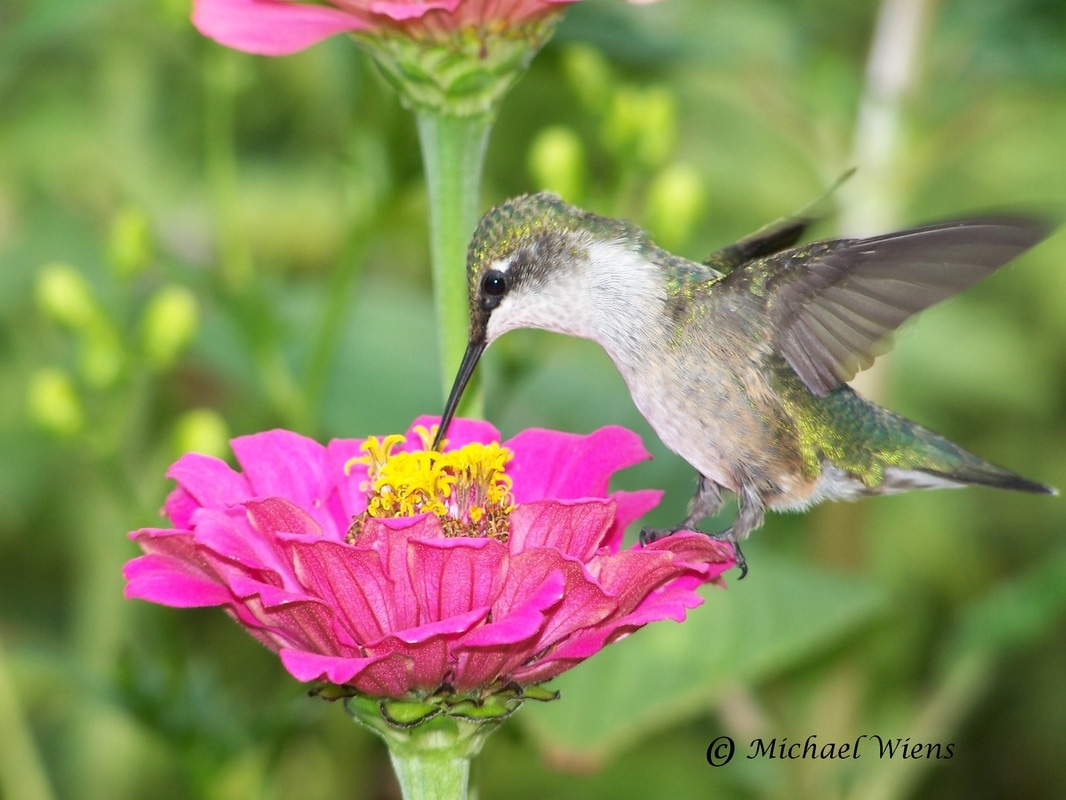 How can I get more photos of hummingbirds, especially in a region that has far fewer hummingbirds? I have focused intently on understanding what motivates these little birds. There's lots of information about facts on hummingbirds and it can be quite interesting, but when you understand their behavior, you can predict much closer what they'll do next. This is where I have invested so much of my time, in thoroughly understanding how these birds think. Their actions and behaviors are formed by circumstances. Those circumstances can be food, security or mating related. They don't just aimlessly fly about without purpose. If we choose the best foods for hummingbirds we can actually affect the security and mating circumstances as well. Knowing what drives these birds allows you to select the perfect locations and times for taking great photos. Flowers are not only food, they are survival to hummingbirds, especially where feeders do not exist. Selecting the right flowers will attract young birds in training. Although I would never give up on my perennials, annuals are a necessity for long-lasting blooms and colors around my garden. Many of you already know that Zinnias are one of my "go to" annuals for attracting young birds, and I always try to stick to taller flowers. In the case that they like other lower growing annuals, raise them up in hanging baskets, or planters raised off the ground. Then watch for a pattern. As a bird moves throughout your garden, they will taste and determine preferences. Watch the second time and see which ones get a second visit. Those should be added to your list. After a few visits, you will recognize which flowers get the majority of attention. Those are the must have's, and they will be the sources for taking your photos. Once they have narrowed down their top picks, they will form a pattern and times of their return. They can be quite precise in these patterns, but can vary depending on the season. Once they leave the nest, food is all that matters, and the frequency of visits is much greater than mating and nesting times. Juvenile Ruby-throat, N.E. of Edmonton, Alberta. 2015
0 Comments
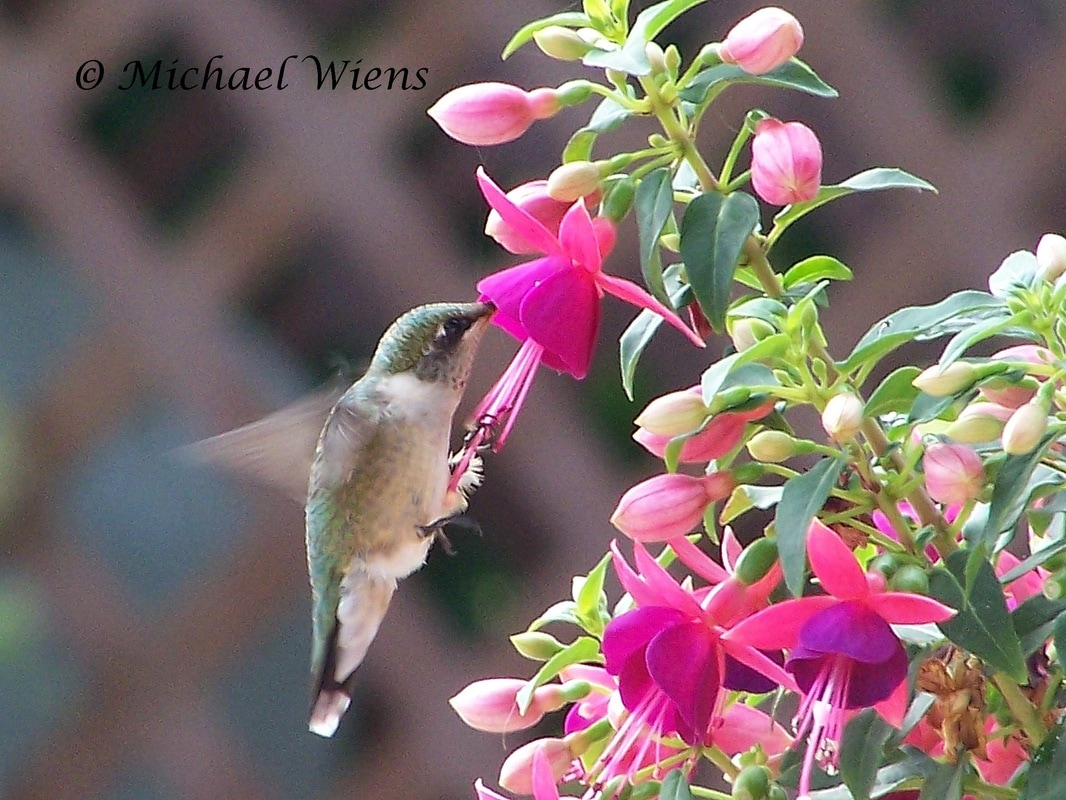 This is one of those pictures I wish would have been in perfect focus, a young Ruby-throated hummingbird grabbing on to the stamen of a Fuchsia flower while it tries to feed. This is very common behavior for young birds. They lack the proper coordination to fly and feed at the same time, so they try to sit on their food. As they get older they will fly and feed, and if it's just too awkward, they'll bypass that flower and move to another. Watch for this behavior as the young start to leave the nest this year. This is a perennial which is grown as an annual for cooler climates. Fuchsia plants are one of the best flowers for hummingbirds. They provide an abundance of nectar and actually come in many varieties. This perennial likes cooler temperatures (ideally in a partly sunny location) with a fair bit of moisture. It doesn't like to dry out. It will flower prolifically throughout the summer if given these conditions. Once the hummingbirds locate it, they will return over and over. Try other varieties as well, as there are many others that are just as effective and more. Remember, flowers are key to attracting the young birds once they've left the nest. They rely not only on flowers, but great nectar filled ones, until they solve the feeders. If you have a mostly shady location to try one of these flowers, it's well worth it, especially for our little feathered friends. Juvenile Ruby-throat, located N.E. of Edmonton, Alberta. 2015 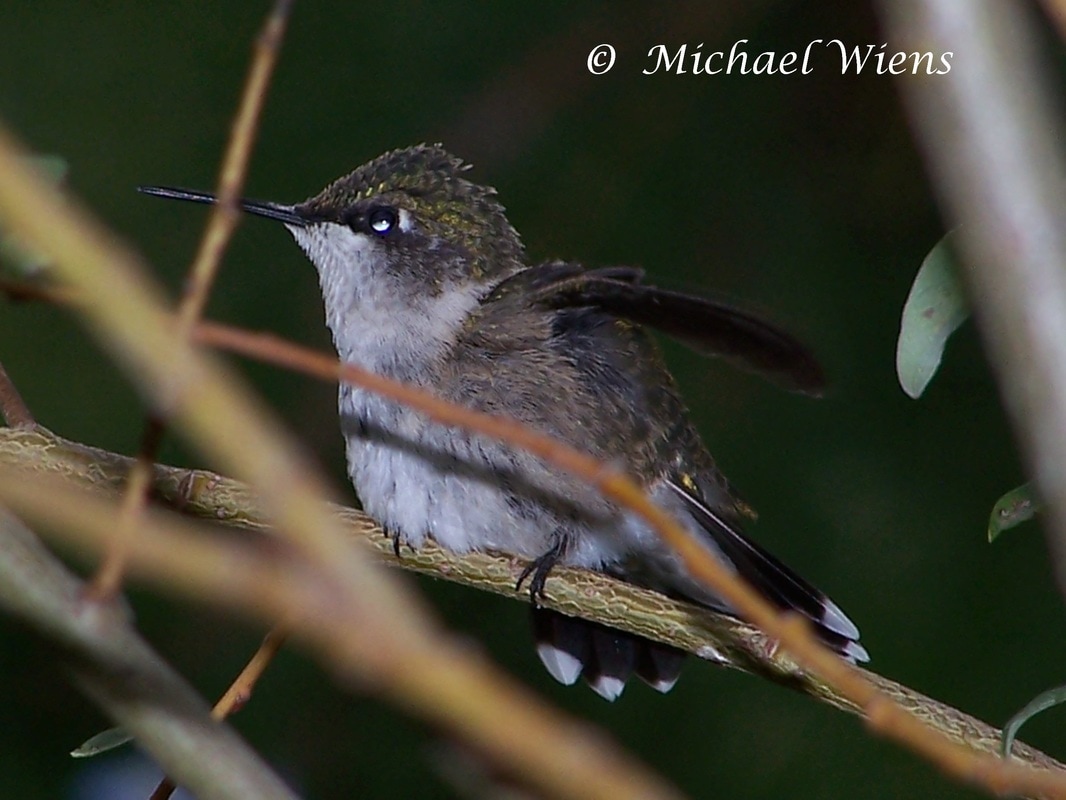 Every day we repeat the same patterns in our lives. We get up and continue the same routines day in and day out. We find the easiest ways to simplify things, take the same route to work, and so on. They become habits whether good or bad, but we do this because we want to remain in our comfort zone. We feel safe and secure in doing this, just as all animals and birds do. This young Ruby-throat would feed in its flower patch and then fly back to not only the same cluster of trees, or the same tree, or even the same branch, but would sit in exactly the same spot on that branch. Until they're threatened or disrupted from that flight pattern or safe spot, they will keep returning. It's not to say they won't use other branches as well, but they will remember all the safe perches and store them for later. This young bird is sitting in its Willow tree watching over its patch of flowers because it found value in the Delphinium patch and has not discovered the value of feeders yet. It's even demonstrating at the very young age how to intimidate other hummingbirds away from its flower patch by flaring out the wings and tailfeathers and showing it's anger. 2015, N.E. of Edmonton, Alberta. Juvenile Ruby-throated hummingbird 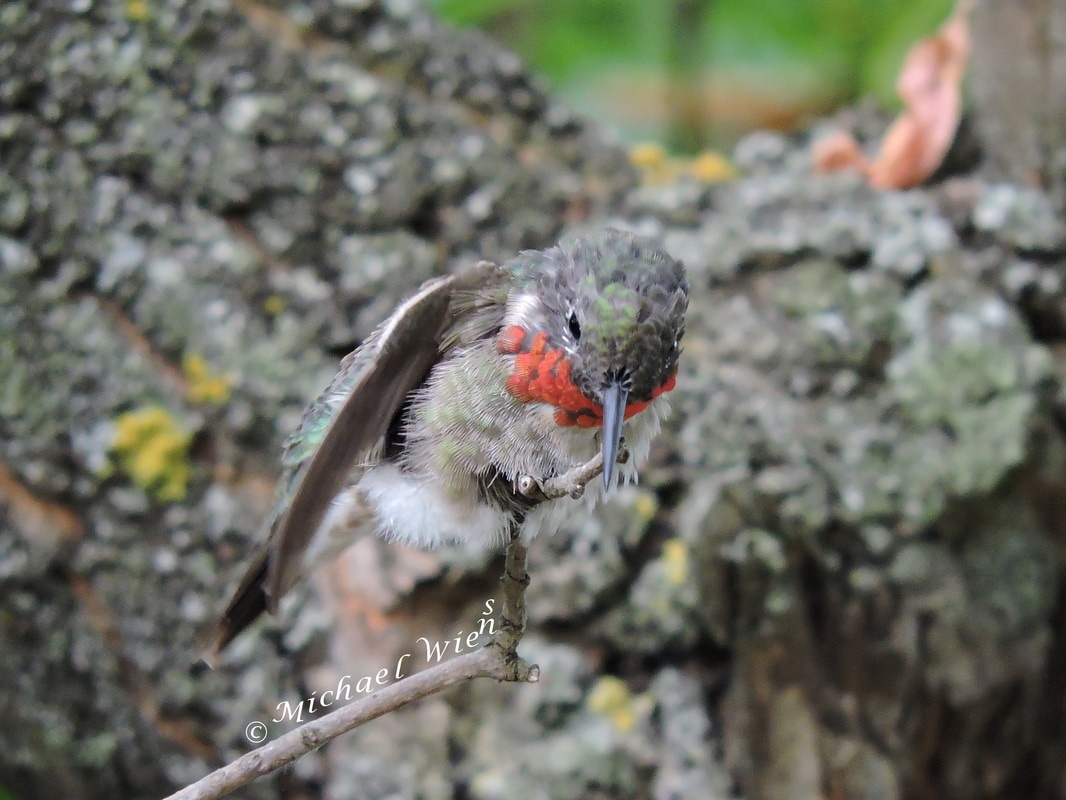 A study was done a while ago concerning the migration of Brown Trout as to when they would start spawning. The temperature of the water only rose 2° from the time the first fish started moving upstream until the final fish started to move. I found that extremely fascinating. Their temperature sensors were so close to that of each other, but varied enough to protect the species if something happened in a particular stretch of that 200 mile migration. If they all moved at precisely the same time, and something catastrophic happened in that exact location of the river, the entire species could be wiped out. The same thing applies to hummingbirds. From the time the first Ruby Throated hummingbird starts to migrate north until the last one starts to move, can be just a 1° difference in the tilt of the earth, or just the slightest tweak in their sensory receptors. If they were all created exactly the same, the consistency between them all could prove catastrophic in the same way as the fish migration. That slight adjustment between each one of the birds allows the migration to run approximately one month long, and separates them as much as 1000 miles in distance, of all those going to the same location. What's also fascinating is that there's a location for each one of them. They can all look nearly identical, but the personalities and differences between these birds allows them to spread across the entire continent. This adult male Ruby Throated hummingbird is going through an early molt. It can start as early as August and continue through November. He's not the handsomest male in the garden, but during his prime time he's as good looking as the best of them. N.E. of Edmonton, Alberta. August 2016. 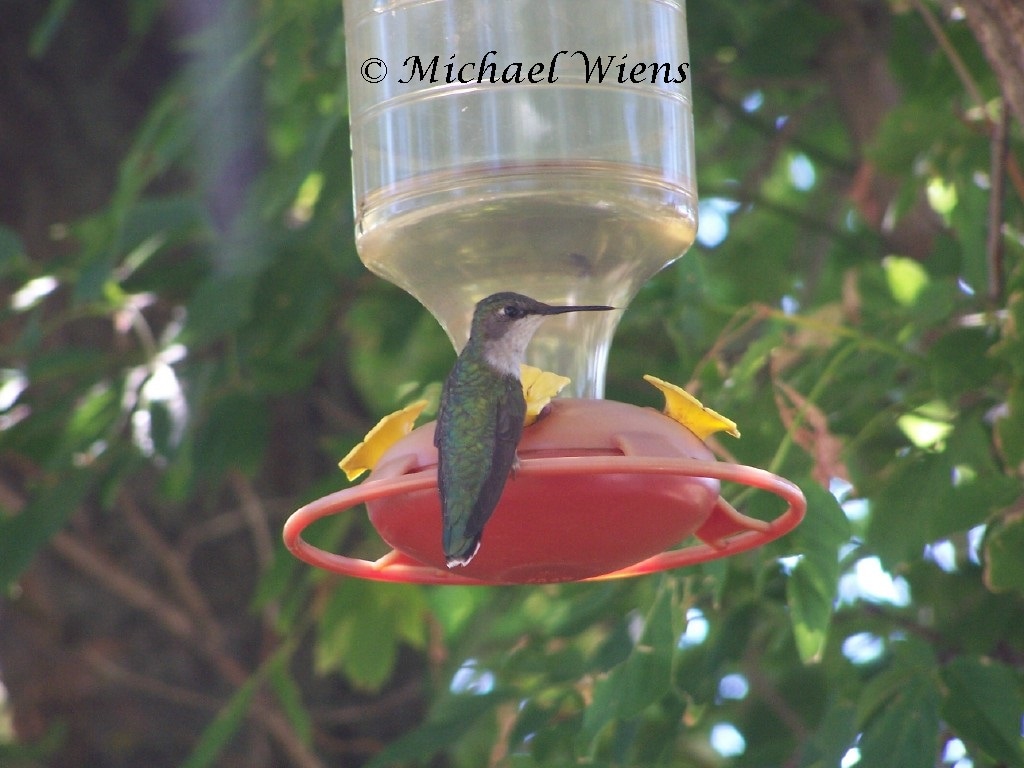 It's that time of year when everyone eagerly awaits the return of hummingbirds. Everyone wants to see these little jewels, but few go to the effort of doing all it takes to get them to stick around. One of the biggest chores required in "hummingbirding" is changing feeders and cleaning them. Some will place out a feeder at the start of the season, and if they don't see a hummingbird they just leave it hanging for lengthy periods of time while it ferments and turns into a moldy mess, and then it requires much more time and effort in cleaning it. When I did a past blog, I had an enormous amount of people ask me when to put feeders out and how frequently to change the nectar. Temperature has a great deal to do with it. The hotter it is outside, the quicker it spoils. In saying this, if your temperature averages 20-24C (68-75F), then change the feeder once a week. If your temperature averages 25-30C(77-86F), I would change the feeders every 5-7 days. If your temperature averages above this, then change it in 3-5 days. Many would say change it every 1 to 3 days regardless, and I think that's unnecessary unless you experience hot desert temperatures, over 100F daily. Many would say they'll get sick on nectar beyond 3 days, and I completely disagree. Flowers hold nectar for very long times, and when they die the nectar starts to spoil. Then hummingbirds know it's not good and refuse to drink it. First of all remember that we are using drinkable water to make the nectar. Now, think about the stagnant pond water that birds drink and bathe in on a daily basis. The system of a bird was not created to drink clean distilled water, it was made to withstand the dirtiest, natural, bacteria filled water that fills millions of ponds, lakes and river across the world. Now, I'm not saying let your feeders sit until they look like 3 month old sewage. I'm simply stating that 7 day old nectar will not hurt hummingbirds. If it did, we wouldn't have a live bird on this planet from all the bacteria they get from millions of other water sources. When flowers die and the nectar ferments, hummingbirds will simply refuse these forms of food past their expiration. Many people just refuse to put up feeders because they are under the impression that they have to be changed every few days, but unless you are experiencing excessively hot temperatures over long periods of time, it' simply not necessary. As for when to place out your feeders, I have a Hummingbird Tracker on the home page of www.therubythroat.com that shows the progress of the Ruby-throats across North America, and I have a "Report a sightings" page that shows the arrival times for hummingbirds in Canada. Canadian residents can also report their first sightings on this page as well. 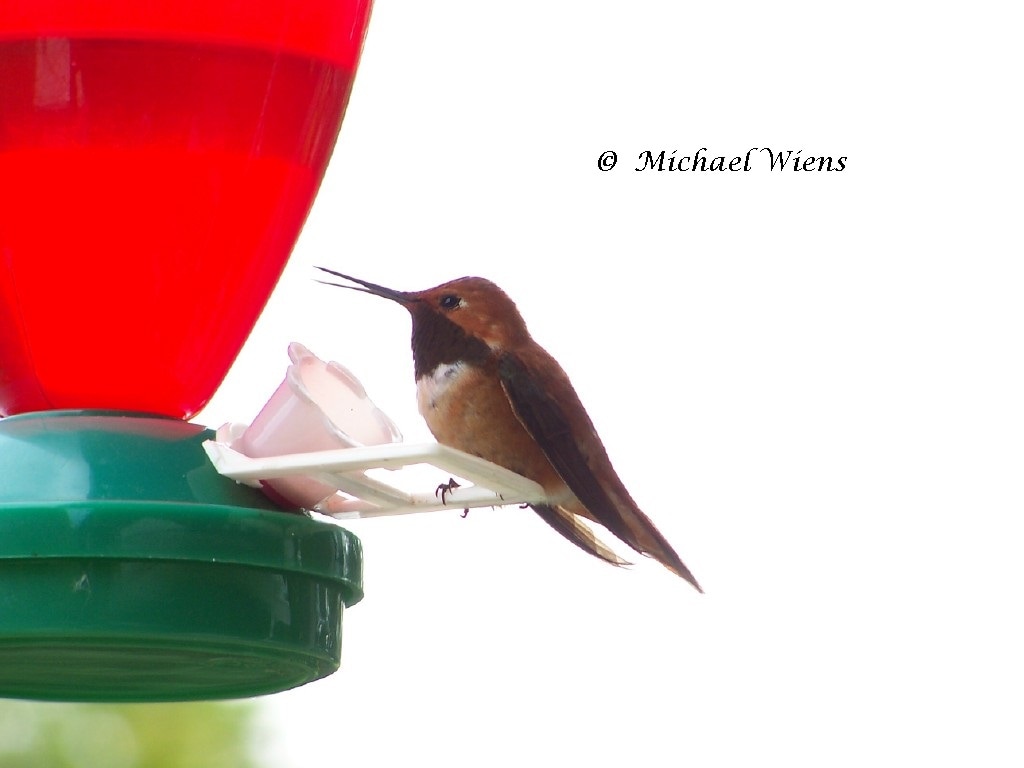 If I were to guess, I would say that well over 50 percent of people that put out hummingbird feeders don't continue with it past the first year. Now take this information and apply it to how it would affect the hummingbirds each year. As millions of them spread across the country in their arduous journey, they are in search of food, of which much is supplied by feeders. Many of these first year birds are in search of new territories and nesting grounds. They will mark out new coordinates to get to these newly discovered places, and then return to them each year. Now take this information and apply it to the practice where many people wait to put up hummingbird feeders until the birds appear at their window looking for them. It's highly unlikely that anyone will spend every minute of 16 hours of daylight, watching out their windows without taking a washroom, lunch, laundry, and appointment break. You are relying on these birds to be patient and wait for you in hopes that a feeder will be placed out, when over 50 percent of the population don't continue putting up feeders each year. They go through this on a regular basis, disappointment of no feeder hanging where it should be. Some may stick around, and many will move on. Now here's my stronger point. This method of waiting to hang feeders until you see a hummingbird, is only catering to your regular population that know a feeder hung there last year. Every bypassing migrant is unaware that a feeder will be there at a future time, and doesn't have the slightest reason to stick around. Trust me when I say this - the best practice by far is to have your feeders up and ready before they arrive. This rare Rufous, first time and first migrant to my yard in 2008, would have never stopped in had I not had my feeders up. He returned for 3 years. There are NO BENEFITS to waiting until you see a hummingbird before you place out feeders. N.E. of Edmonton, Alberta. 2008 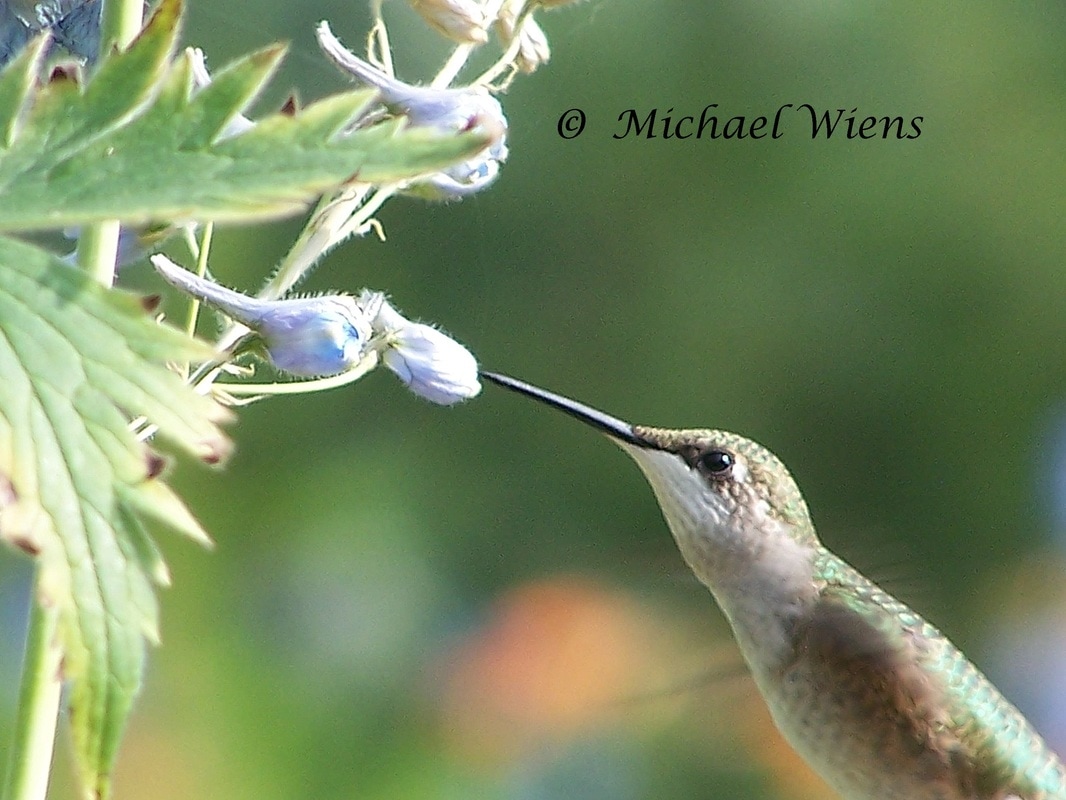 Some things just remain a mystery to us about how hummingbirds can remember every feeder they visited from Central America all the way to our gardens as far north as Canada. Many will concur with stories of these tiny birds showing up at windows looking for the feeder that hung there 8 months ago. When they arrive they simply expect the feeders to be where they last left them. The capability of these tiny brains is nothing short of miraculous. I would seriously need a detailed road map to successfully get to anywhere outside a 50 mile radius. Here is something learned by hummingbirds. This juvenile knows there is food within these flower buds, but hasn't figured out that some are immature buds yet to open. They will experience many flower mysteries over the first year of their life, but will store the key to unlocking those mysteries within their tiny, but complex little brain, never to be forgotten again. What they learn is somehow processed and then placed in the vault where only the valuable information is stored. It truly is remarkable that something so tiny can store so much information, and that doesn't even touch on their physical capabilities. Juvenile Ruby-throated hummingbird. N.E of Edmonton, AB. August 1st, 2014 This was the king of the yard last year. This perch sits right above one of his feeders. It was early in the year and he was the dominant male who owned all rights to the yard. No other male was allowed unless he snuck in without being noticed, and every female that showed up was greeted by his handsome charm.
There are many of us now wondering whether our previous birds will rule and reign for another year. I know for sure Ziggy had 2 successful years, and I'm very curious to see if he'll make it back for another season. He was very unique in his flight pattern, which gave him the name Ziggy and confirmed his identity. As written in past posts, you can always tell the mood of a hummingbird by their pose. Ziggy, being a very proud male, let himself be known to all his territory and sat quite content in the lower image as all his tail feathers are combed tightly together to form a point. On the top he is showing a bit of anger with the split tail. From contentment to utter contempt, you can read these birds by how wide the tail feathers split apart. Adult Male Ruby-throated hummingbird. N.E. of Edmonton, Alberta. 2015. 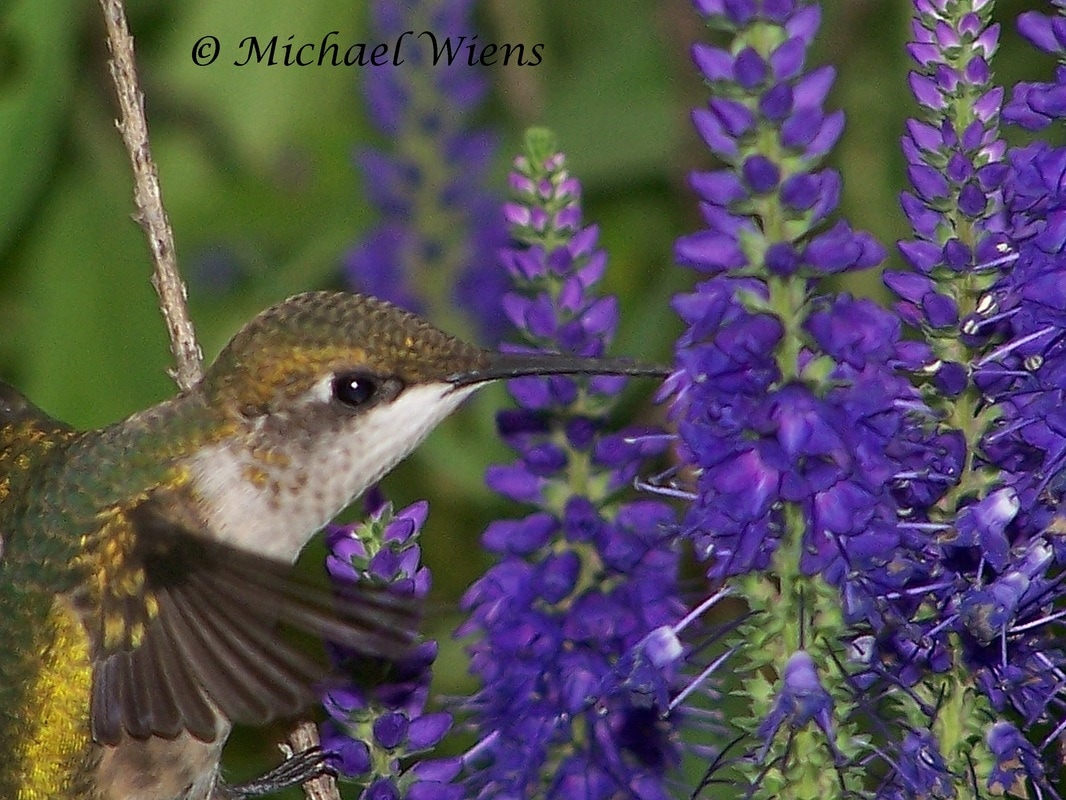 This hardy, zone 2 perennial modestly attracts hummingbirds on its flower filled stalks. Each tiny flower provides enough of a tease to keep them returning. "Veronica" is also available with darker pink flowers. I have found the blue colour to be more hardy and it even self seeds occasionally. It's not been invasive in my zone 2 and 3, but I'm not sure how invasive it'll be in much warmer climates. Either way it produces several branches of flowers for about 6-8 weeks, depending on the maturity of the plant. Any time a hummingbird spends enough time feeding from a flower for me to get a few photos, it gets placed on the keep list of annuals or perennials. For those of you that live in a colder climate like myself, and have trouble finding a perennials that winter over, this one is a keeper. 2015. Juvenile Ruby-throated hummingbird. N.E. of Edmonton, Alberta. 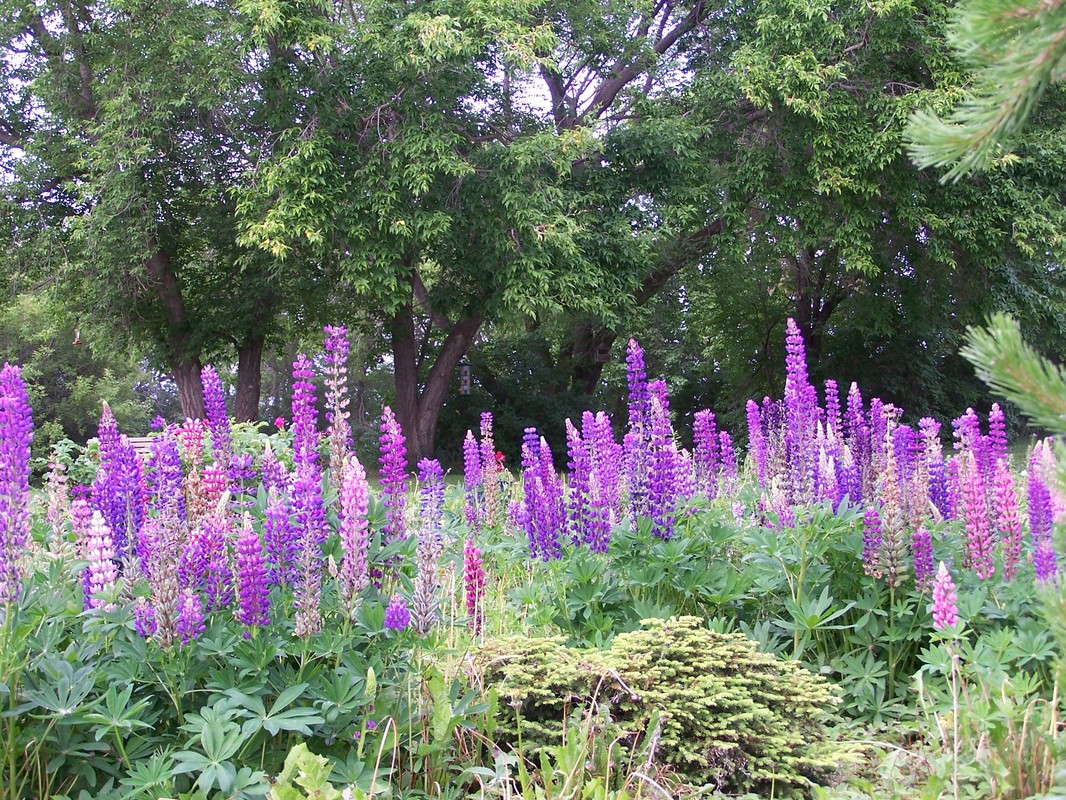 Lupines in my region provide a great target in June and early July. Lupines in my region provide a great target in June and early July. When you are choosing flowers for a successful hummingbird garden it's important to choose their favorites, as some produce an abundance of nectar and some don't, but there is something just as critical as planting their favorites, and that is planting in large masses. If you don't have large areas to work with, make sure you plant heavily on the ones that really matter. A single flower in a garden has very little effect on hummingbirds. You may get a single pass, but it'll hardly make a life changing impact on any hummingbird. Plant an island of the same flower and you will have them returning several times.
In my last blog I wrote about working in small spaces, "Bringing the Country to the City", but if you have the space to work with, show off your colors like a neon sign in a desert. Just like you would place hummingbird feeders in various locations around your garden to attract the attention of every potential hummingbird, the same should be done with flowers. The more islands of flowers, the more feeders, the more accessories or water features you use to attract hummingbirds, the larger reason you are giving hummingbirds to want to return to your garden. When you plant in islands, they also become large visible target with the ability to attract birds from longer distances. Think of it in the way you would if you were driving down the freeway and looking for a restaurant to eat. Those fast food signs were made to get your attention, and they work. Likewise, hummingbirds are searching for food in the same manner. Look at your home from the outside of your yard. Where is the most visible location to plant the largest target of flowers and place a feeder? Just like the saying goes, "we eat with our eyes", the very same thing applies to hummingbirds. Sight is the first sense that triggers hummingbirds. Once we hook them with our good feeders and flower choices, they will be become a long term customer. Here are some islands of various flowers that always get the attention of our Ruby-throated hummingbirds, and even the occasional Rufous. |
Archives
June 2024
Categories
All
|
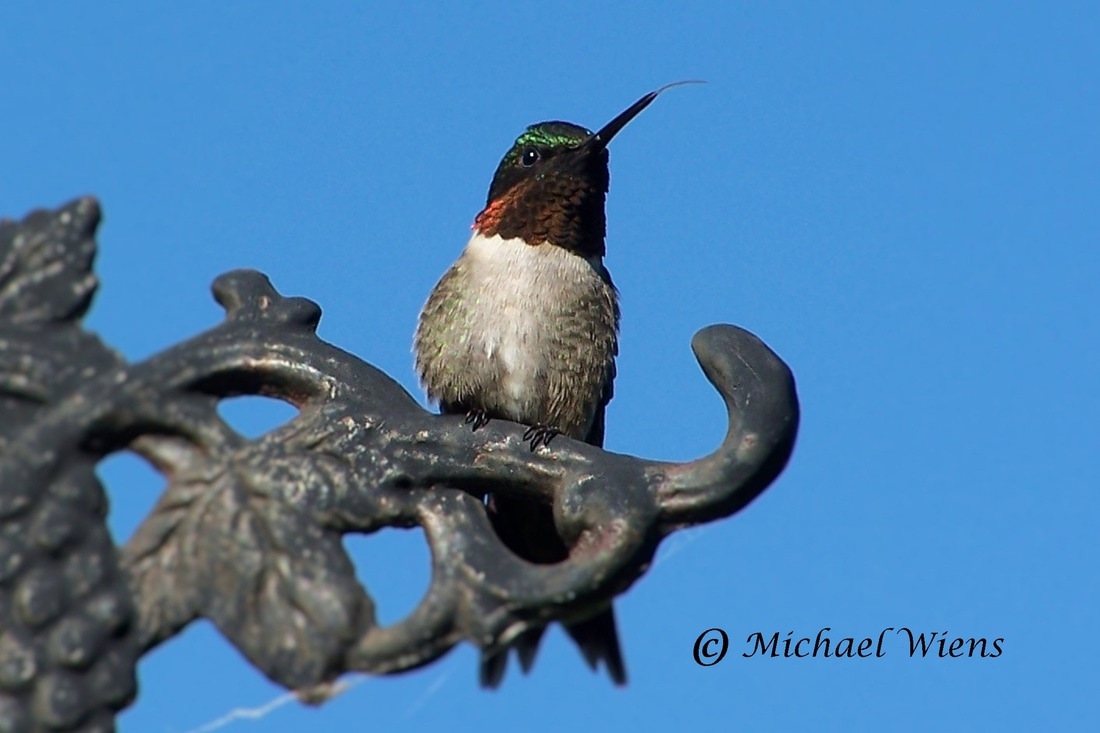
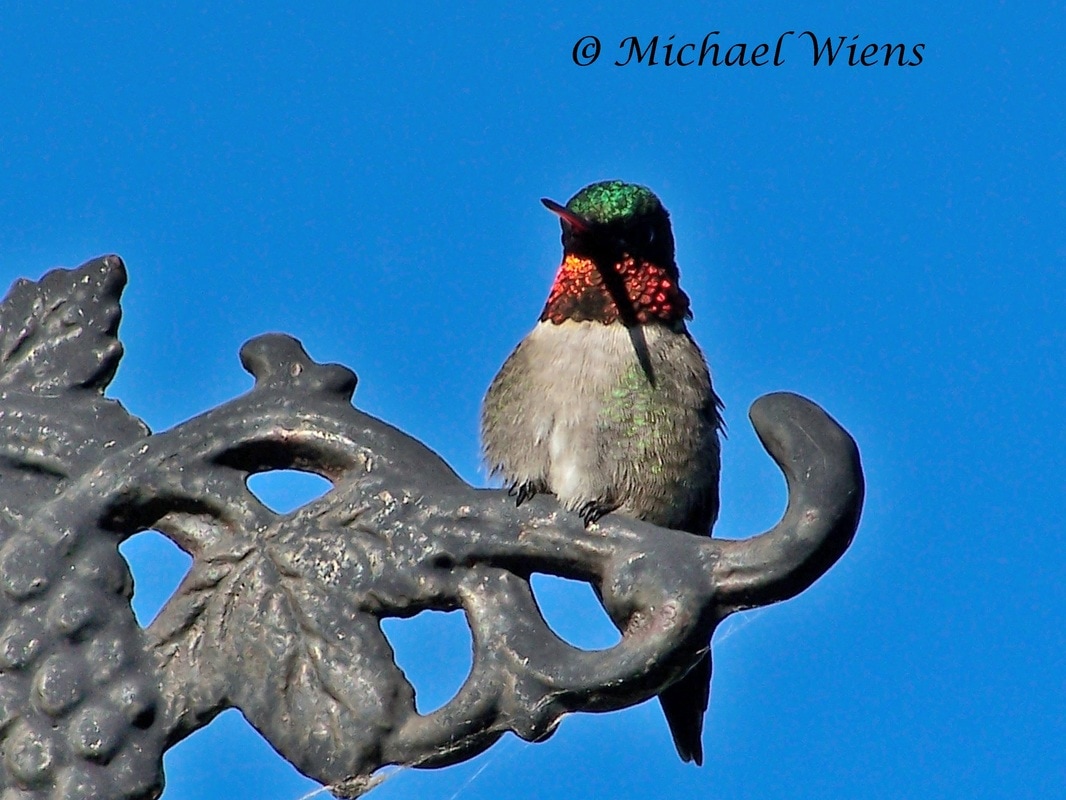
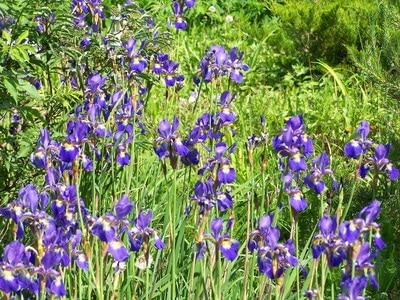
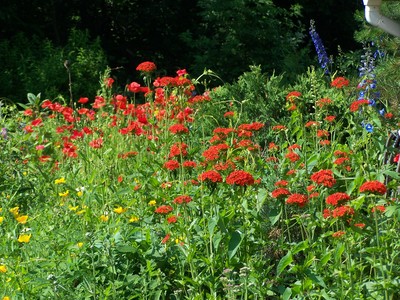
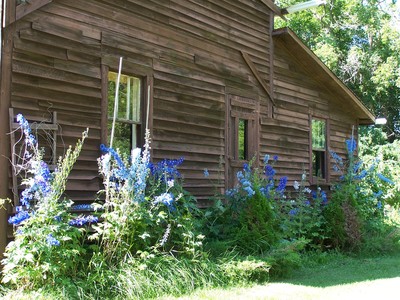
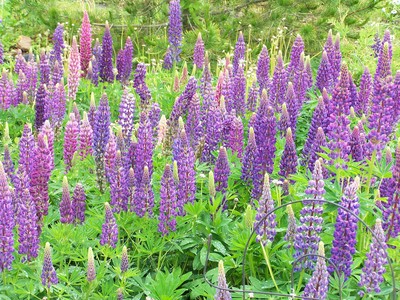

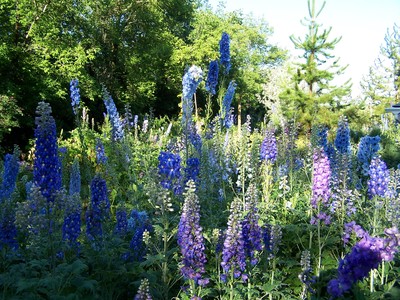
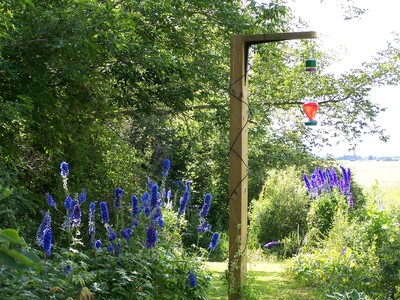
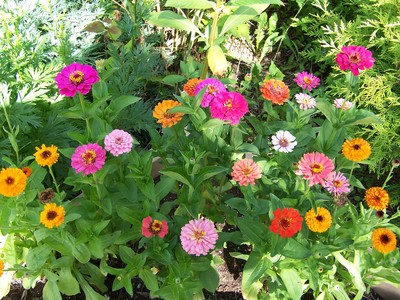
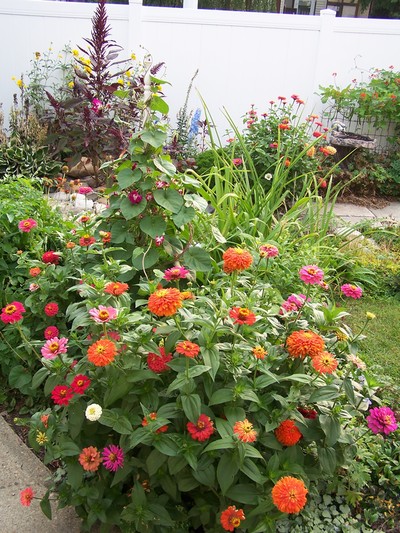
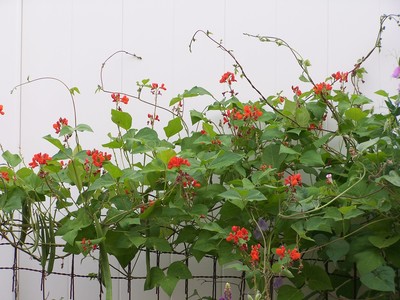
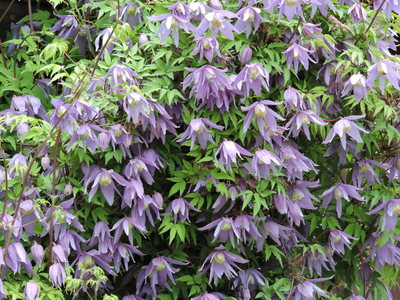
 RSS Feed
RSS Feed
